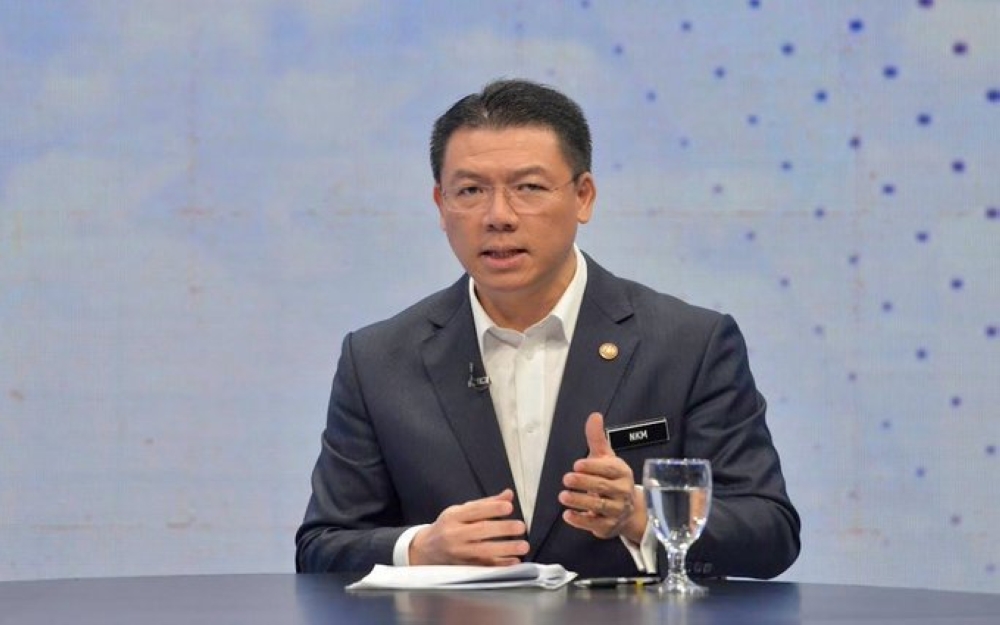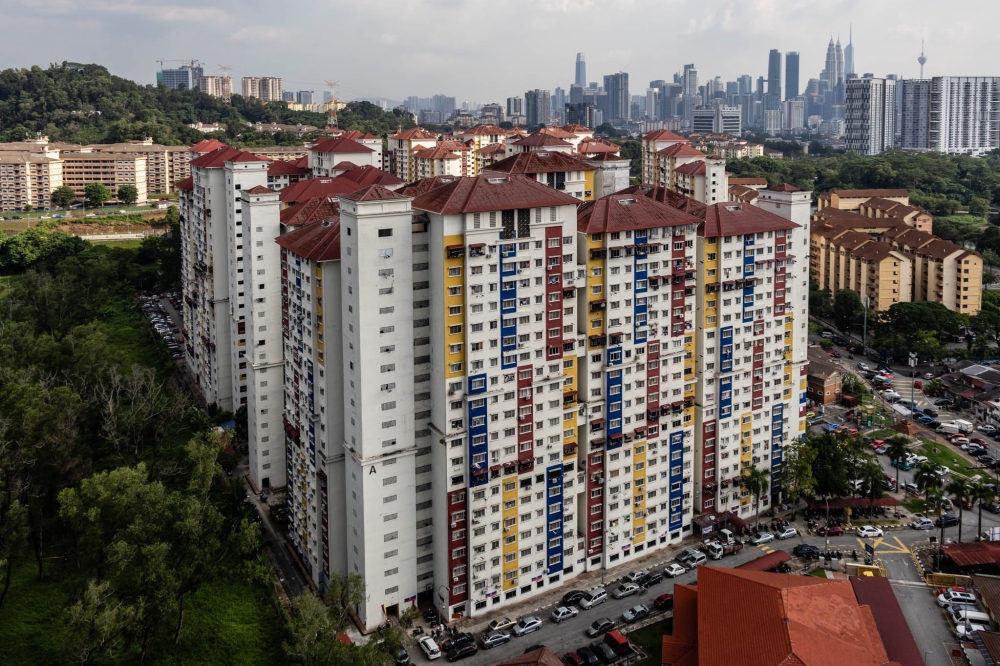
Malaysia’s case for the Urban Renewal Act: Housing minister explains why it can’t wait

The ageing flats in Taman Desa Bakti, Selayang, which have long faced various issues, are set to be revitalised through a redevelopment project announced during a visit by Local Government Development Minister Nga Kor Ming. — Bernama pic
Monday, 01 Sep 2025 10:00 AM MYT
KUALA LUMPUR, Sept 1 — Malaysia’s towns and cities are changing, and so are the challenges that come with them.
The country can no longer afford to delay in dealing with ageing buildings, outdated infrastructure and inefficient land use, said Housing and Local Government Minister Nga Kor Ming.
“Many of our housing estates were built in the 1960s and 1970s. After more than 50 years, their structures, utilities and facilities are no longer up to standard.
“Urban renewal is about giving these communities a new lease of life,” Nga told reporters in a recent media interview.
The concept of urban renewal is not a new idea in Malaysia; it existed 12 years ago and back then, the leaders all agreed to it in principle, he said.
He added that the guidelines for the Urban Renewal Act (URA) framework have been in existence since 2013, but lacked the “determination” to see it through then.
What is urban renewal?
In simple terms, urban renewal is a mix of refurbishment, reconstruction and better planning to upgrade housing, improve public spaces, and ensure safety standards for older areas.
“It is not just about tearing down old flats and putting up new ones. It is about improving quality of life, making sure homes are safe, and creating sustainable communities,” Nga said.
Why it can’t wait
Nga cited the Desa Bakti flats in Selayang as an example.
“That building is only 30 years old, not 70, and it already looks haunted,” he said.
“This is why we cannot play politics with this issue.”
Currently, there are 534 areas nationwide identified as potential urban renewal sites.
Nga stressed that these areas were proposed, agreed to and gazetted by state governments themselves, including Perikatan Nasional-led states such as Perlis, Kedah, Kelantan and Terengganu.
“In Terengganu, 22 sites were gazetted since 2015. In Kedah, 55 sites have been gazetted since 2018.
“These proposals came from the states, not the Federal Government. Yet today, the same state governments are opposing what they themselves initiated. How is that fair?” Nga asked.

Housing and Local Government Minister Nga Kor Ming said that the proposed law is designed to protect owners, unlike past practices. — Bernama file pic
The three aspects of renewal
Under the proposed law framework, works can take three forms:
- Revitalisation — upgrading existing buildings, for example by repairing lifts, repainting, or replacing roofs.
- Regeneration — improving the surrounding environment, such as adding jogging tracks, landscaping and better community facilities.
- Redevelopment — rebuilding entire blocks when they are no longer safe or viable.
“Even something as basic as providing new lifts is objected to. I ask, do you want residents to continue climbing 30 floors without a lift?” Nga quizzed.
Protecting residents’ rights
Nga stressed that the proposed law is designed to protect owners, unlike past practices.
He cited the Razak Mansion redevelopment in Kuala Lumpur as an example of how previous governments used the Land Acquisition Act 1960 to forcibly take over land even when the residents disagreed.
“Back then, 33 households did not agree.
“The government then took the land anyway. But people at the time praised the project, but with us they want to protest against us.
“Now, we don’t want to repeat those mistakes. This Act protects the original owners,” Nga said.
Under the Bill:
- Eighty per cent of residents in an area affected must agree before any redevelopment can proceed.
- Negotiations will be facilitated by the Federal and State executive committees, so residents are not left to bargain on their own with developers.
- Residents will be guaranteed larger and better-quality homes. For example, someone with a 500 sq ft flat will get at least a 750 sq ft unit with three bedrooms and two bathrooms.
- Temporary housing or rental subsidies will be provided while new homes are built, ensuring residents are not left without shelter.
“This Act is about enriching our citizens. Old, dilapidated flats will be replaced with comfortable homes of higher value,” Nga said.

The Urban Renewal Bill aims to be a comprehensive framework to redevelop and rejuvenate old neighbourhoods and dilapidated flats for public safety. — Picture by Firdaus Latif
Why the law is crucial
Without the law, Nga said, progress stalls.
Currently, the law says that 100 per cent agreements are needed, so even a single owner can block entire redevelopment projects, even if 99 per cent of residents agree.
“This is why places like Desa Kuda Lari in Kuala Lumpur have been left abandoned for eight years.
“Because of one person. Is that fair to the other 99 per cent? Are the 99 per cent not important?” he asked.
The new law, he said, balances fairness by requiring 80 per cent consensus before projects move forward.
Keeping communities intact
Nga also assured that residents will not be uprooted.
He was responding to accusations about displacing residents from their original habitat and drastically changing the demographics of an affected area.
“Owners will remain in their original areas unless they choose otherwise. Malay Reserve land, freehold land, heritage (not even included in the new law) and customary land remain protected. Nothing changes that,” he said.
He added that projects must be carried out in stages and not by demolishing entire neighbourhoods at once.
“This is not about developers pushing people out. It is about ensuring safety, dignity and fairness for residents,” Nga said.
No comments:
Post a Comment